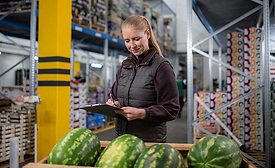Supply Chain
BIZTRACKS
Automated Traceability Solution for Food Industry Now More Affordable
October 12, 2023
Digitized Supply Chains Deliver Improved Visibility, Traceability, and Happy Customers
Technology upgrades are needed to serve increasingly complex, global markets more efficiently and effectively
October 6, 2023
Never miss the latest news and trends driving the food safety industry
eNewsletter | Website | eMagazine
JOIN TODAY!Copyright ©2025. All Rights Reserved BNP Media.
Design, CMS, Hosting & Web Development :: ePublishing












